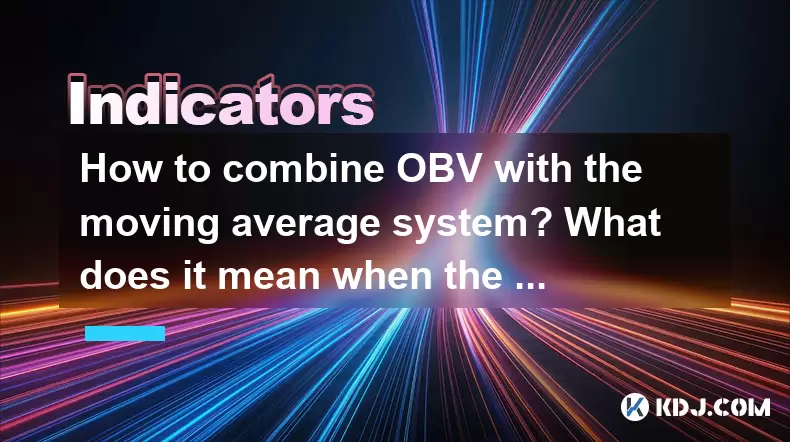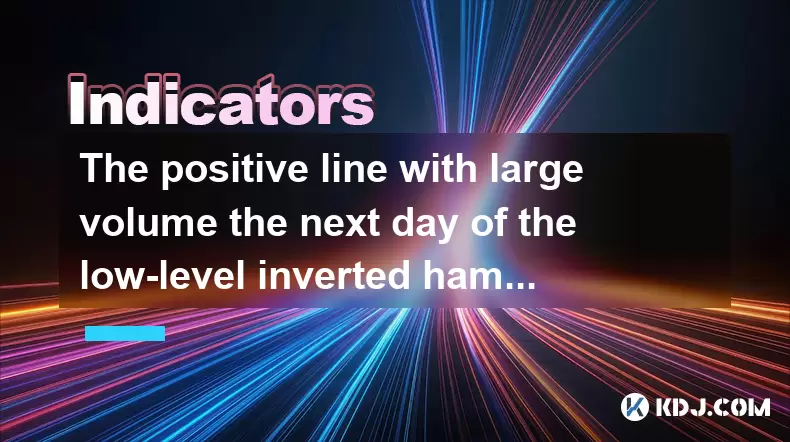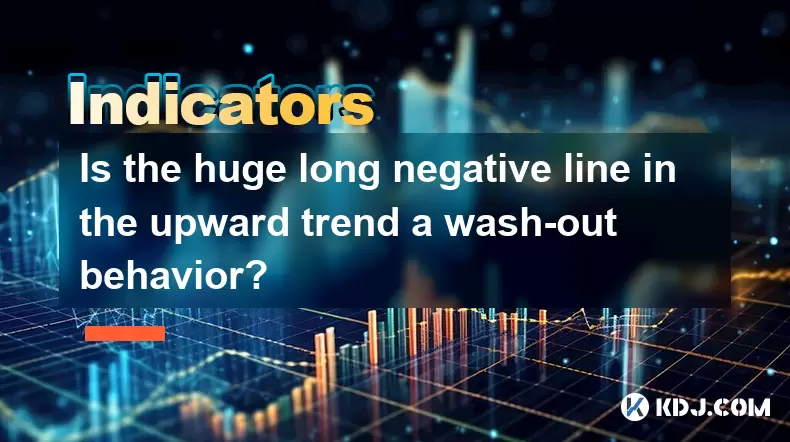-
 Bitcoin
Bitcoin $99,594.2189
-3.59% -
 Ethereum
Ethereum $2,188.5793
-9.00% -
 Tether USDt
Tether USDt $1.0001
-0.02% -
 XRP
XRP $1.9745
-5.82% -
 BNB
BNB $608.9511
-3.73% -
 Solana
Solana $130.4575
-5.93% -
 USDC
USDC $1.0000
0.01% -
 TRON
TRON $0.2637
-3.59% -
 Dogecoin
Dogecoin $0.1493
-5.97% -
 Cardano
Cardano $0.5322
-6.72% -
 Hyperliquid
Hyperliquid $33.9044
3.33% -
 Bitcoin Cash
Bitcoin Cash $449.6411
-5.46% -
 UNUS SED LEO
UNUS SED LEO $8.9629
0.43% -
 Sui
Sui $2.3943
-8.35% -
 Chainlink
Chainlink $11.4402
-7.83% -
 Stellar
Stellar $0.2241
-6.49% -
 Avalanche
Avalanche $16.1489
-4.24% -
 Toncoin
Toncoin $2.7182
-5.94% -
 Shiba Inu
Shiba Inu $0.0...01040
-5.72% -
 Litecoin
Litecoin $78.7882
-4.07% -
 Ethena USDe
Ethena USDe $1.0004
-0.01% -
 Hedera
Hedera $0.1305
-7.45% -
 Monero
Monero $297.0030
-5.32% -
 Dai
Dai $0.9997
-0.02% -
 Polkadot
Polkadot $3.1834
-6.03% -
 Bitget Token
Bitget Token $3.9788
-7.03% -
 Uniswap
Uniswap $6.1327
-10.62% -
 Pepe
Pepe $0.0...08689
-8.30% -
 Pi
Pi $0.4826
-9.65% -
 Aave
Aave $219.8043
-9.69%
How to combine OBV with the moving average system? What does it mean when the price stands on the moving average but OBV falls?
Combining OBV with moving averages can signal potential reversals; a falling OBV while price holds at the moving average suggests bearish divergence.
May 24, 2025 at 12:22 pm

The On-Balance Volume (OBV) indicator and moving averages are powerful tools in the cryptocurrency trading arsenal. Combining these can provide traders with a more comprehensive view of market trends and potential price movements. In this article, we will explore how to effectively combine OBV with a moving average system and interpret scenarios where the price stands on the moving average but the OBV falls.
Understanding OBV and Moving Averages
OBV is a momentum indicator that uses volume flow to predict changes in stock price. The principle behind OBV is that volume precedes price movement. If a cryptocurrency closes higher than the previous day, the volume for that day is added to the OBV. Conversely, if it closes lower, the volume is subtracted. When the price and OBV move in the same direction, it suggests that the trend is strong. A divergence, however, can signal a potential reversal.
Moving averages, on the other hand, are used to smooth out price action and filter out the noise from random short-term fluctuations. They provide a clearer view of the trend direction. The most common types are the Simple Moving Average (SMA) and the Exponential Moving Average (EMA). The SMA calculates the average of a selected range of prices, usually closing prices, by the number of periods in that range. The EMA gives more weight to recent prices, making it more responsive to new information.
Combining OBV with Moving Averages
To combine OBV with a moving average system, traders can follow these steps:
Choose the right moving average: Depending on your trading strategy, you might choose a short-term moving average (like a 20-day SMA or EMA) for more responsive signals or a longer-term one (like a 50-day or 200-day SMA) for trend confirmation.
Apply OBV to your chart: Most trading platforms allow you to add the OBV indicator to your chart. Once added, you will see a line that represents the cumulative total of volume.
Analyze the convergence and divergence: Look for instances where the OBV line and the price (as represented by the moving average) move in the same direction. This suggests that the current trend is likely to continue. Conversely, if the OBV diverges from the price, it might indicate an upcoming reversal.
Set up alerts: Many platforms allow you to set alerts for when the OBV crosses above or below its moving average, or when the price crosses the moving average line. This can help you stay on top of potential trend changes without constantly monitoring the chart.
Interpreting Price on Moving Average with Falling OBV
When the price of a cryptocurrency stands on the moving average but the OBV falls, it can be a significant signal for traders. This scenario suggests that despite the price holding steady at the moving average, the volume is not supporting the current price level. Here's how to interpret this:
Bearish divergence: The falling OBV indicates that the volume is not confirming the price action. This is often seen as a bearish divergence, suggesting that the current price level might not be sustainable in the long term.
Potential reversal: If the price is holding at a key moving average like the 50-day or 200-day SMA, and the OBV is declining, it might signal an impending reversal. Traders might look for additional confirmation from other indicators before acting on this signal.
Volume analysis: It's crucial to look at the overall volume levels. If the volume is low, the falling OBV might not be as significant. However, if the volume is high, it suggests that more traders are selling, which could lead to a price drop.
Practical Example
Let's consider a practical example to illustrate how to combine OBV with a moving average system and interpret the scenario where the price stands on the moving average but the OBV falls.
Scenario: You are trading Bitcoin (BTC) and have added a 50-day SMA to your chart. The price of BTC is currently hovering around the 50-day SMA, indicating that it is at a critical support or resistance level.
Observation: You notice that the OBV has been steadily declining over the past few days, even though the price has remained stable at the 50-day SMA.
Interpretation: This suggests a bearish divergence. The volume is not supporting the current price level, and there might be an impending downward move. You might decide to wait for additional confirmation from other indicators or set a stop-loss order just below the 50-day SMA to protect your position.
Using OBV and Moving Averages in Different Time Frames
Traders can apply OBV and moving averages across different time frames to gain insights into both short-term and long-term trends. Here's how:
Short-term trading: For day trading or short-term scalping, you might use a shorter moving average like the 20-day SMA and closely monitor the OBV for quick changes in volume trends. This can help you catch short-term reversals or continuations.
Long-term investing: For long-term investment strategies, you might use longer moving averages like the 200-day SMA. The OBV can help confirm long-term trends and potential reversals. A falling OBV while the price holds at a long-term moving average could signal a significant shift in market sentiment.
Combining OBV with Other Indicators
While OBV and moving averages can be powerful on their own, combining them with other indicators can provide even more robust signals. Here are some additional indicators that can complement OBV and moving averages:
Relative Strength Index (RSI): The RSI can help confirm overbought or oversold conditions. If the OBV is falling and the RSI is in overbought territory, it might reinforce a bearish divergence signal.
MACD (Moving Average Convergence Divergence): The MACD can help identify trend changes and momentum shifts. A bearish crossover in the MACD along with a falling OBV can provide strong confirmation of a potential downward move.
Bollinger Bands: These can help identify volatility and potential breakouts. If the price is at the upper Bollinger Band and the OBV is falling, it might suggest that the upward momentum is waning, and a reversal could be imminent.
Frequently Asked Questions
Q: Can OBV be used effectively on all cryptocurrencies?
A: OBV can be applied to any cryptocurrency that has sufficient trading volume. However, its effectiveness might vary depending on the liquidity and trading activity of the specific cryptocurrency. For less liquid cryptocurrencies, the OBV might be more volatile and less reliable.
Q: How often should I check the OBV and moving averages?
A: The frequency of checking OBV and moving averages depends on your trading style. For day traders, checking every few hours or even more frequently might be necessary. For swing traders or long-term investors, daily or weekly checks might suffice.
Q: What other volume-based indicators can complement OBV?
A: Other volume-based indicators that can complement OBV include the Volume Weighted Average Price (VWAP), the Accumulation/Distribution Line, and the Chaikin Money Flow. Each of these provides a different perspective on volume and can help confirm or challenge the signals provided by OBV.
Q: How can I avoid false signals when using OBV and moving averages?
A: To avoid false signals, it's crucial to use multiple indicators for confirmation. Additionally, consider the overall market context and news events that might affect price movements. Setting stop-loss orders and taking profits at predetermined levels can also help manage the risk of false signals.
Disclaimer:info@kdj.com
The information provided is not trading advice. kdj.com does not assume any responsibility for any investments made based on the information provided in this article. Cryptocurrencies are highly volatile and it is highly recommended that you invest with caution after thorough research!
If you believe that the content used on this website infringes your copyright, please contact us immediately (info@kdj.com) and we will delete it promptly.
- Altcoins Under Pressure: Cardano and XRP Face Critical Tests
- 2025-06-23 12:25:12
- Rare Coin Fever in Wiltshire: Auctions, Errors, and Olympic Gold!
- 2025-06-23 12:25:12
- XRP Price Under Pressure: War Fears and Market Sentiment
- 2025-06-23 12:30:12
- HAI Token Private Key Leak: What Happened and How to Stay Safe
- 2025-06-23 12:45:12
- Texas Goes All In: Bitcoin Reserve Signals Big State Embrace
- 2025-06-23 12:45:12
- Pi Network's Price Plunge: Crash, Scammer Accusations, and What's Next?
- 2025-06-23 13:05:12
Related knowledge

The positive line with large volume the next day of the low-level inverted hammer line confirms the reversal?
Jun 23,2025 at 01:21pm
Understanding the Low-Level Inverted Hammer LineThe inverted hammer line is a single candlestick pattern that typically appears at the end of a downtrend. It has a small real body near the bottom of the trading range and a long upper shadow, indicating that bulls attempted to push prices higher but were met with selling pressure. When this pattern forms...

Is the huge long negative line in the upward trend a wash-out behavior?
Jun 23,2025 at 12:49pm
Understanding the Long Negative Candlestick in an Uprising TrendA long negative candlestick, often referred to as a long red or bearish candle, appearing during an upward trend can raise concerns among traders and investors. This pattern typically indicates a sudden and significant drop in price after a period of rising prices. It is often interpreted a...

Can the EXPMA golden cross stand on the 5-day line at the same time?
Jun 23,2025 at 11:42am
Understanding the EXPMA Indicator in Cryptocurrency TradingThe Exponential Moving Average (EXPMA) is a popular technical analysis tool used by cryptocurrency traders to identify trends and potential reversal points. Unlike simple moving averages, the EXPMA gives more weight to recent price data, making it more responsive to current market conditions. In...

Does the second surge in the RSI overbought zone induce more?
Jun 22,2025 at 08:35am
Understanding the RSI Overbought ZoneThe Relative Strength Index (RSI) is a momentum oscillator commonly used in technical analysis to measure the speed and change of price movements. It ranges from 0 to 100, with values above 70 typically considered overbought and values below 30 considered oversold. When the RSI enters the overbought zone for the firs...

What signal does the volume increase but the K-line body shrink?
Jun 23,2025 at 05:07am
Understanding the K-Line and Trading VolumeIn cryptocurrency trading, K-line charts are one of the most commonly used tools to analyze price movements. Each K-line represents a specific time period (such as 1 hour, 4 hours, or 1 day) and shows the open, high, low, and close prices for that period. The body of the K-line is formed between the opening and...

Does the sudden contraction of ATR indicate the end of the trend?
Jun 20,2025 at 11:14pm
Understanding ATR and Its Role in Technical AnalysisThe Average True Range (ATR) is a technical indicator used to measure market volatility. Developed by J. Welles Wilder, ATR calculates the average range of price movement over a specified period, typically 14 periods. It does not indicate direction—only volatility. Traders use ATR to gauge how much an ...

The positive line with large volume the next day of the low-level inverted hammer line confirms the reversal?
Jun 23,2025 at 01:21pm
Understanding the Low-Level Inverted Hammer LineThe inverted hammer line is a single candlestick pattern that typically appears at the end of a downtrend. It has a small real body near the bottom of the trading range and a long upper shadow, indicating that bulls attempted to push prices higher but were met with selling pressure. When this pattern forms...

Is the huge long negative line in the upward trend a wash-out behavior?
Jun 23,2025 at 12:49pm
Understanding the Long Negative Candlestick in an Uprising TrendA long negative candlestick, often referred to as a long red or bearish candle, appearing during an upward trend can raise concerns among traders and investors. This pattern typically indicates a sudden and significant drop in price after a period of rising prices. It is often interpreted a...

Can the EXPMA golden cross stand on the 5-day line at the same time?
Jun 23,2025 at 11:42am
Understanding the EXPMA Indicator in Cryptocurrency TradingThe Exponential Moving Average (EXPMA) is a popular technical analysis tool used by cryptocurrency traders to identify trends and potential reversal points. Unlike simple moving averages, the EXPMA gives more weight to recent price data, making it more responsive to current market conditions. In...

Does the second surge in the RSI overbought zone induce more?
Jun 22,2025 at 08:35am
Understanding the RSI Overbought ZoneThe Relative Strength Index (RSI) is a momentum oscillator commonly used in technical analysis to measure the speed and change of price movements. It ranges from 0 to 100, with values above 70 typically considered overbought and values below 30 considered oversold. When the RSI enters the overbought zone for the firs...

What signal does the volume increase but the K-line body shrink?
Jun 23,2025 at 05:07am
Understanding the K-Line and Trading VolumeIn cryptocurrency trading, K-line charts are one of the most commonly used tools to analyze price movements. Each K-line represents a specific time period (such as 1 hour, 4 hours, or 1 day) and shows the open, high, low, and close prices for that period. The body of the K-line is formed between the opening and...

Does the sudden contraction of ATR indicate the end of the trend?
Jun 20,2025 at 11:14pm
Understanding ATR and Its Role in Technical AnalysisThe Average True Range (ATR) is a technical indicator used to measure market volatility. Developed by J. Welles Wilder, ATR calculates the average range of price movement over a specified period, typically 14 periods. It does not indicate direction—only volatility. Traders use ATR to gauge how much an ...
See all articles

























































































